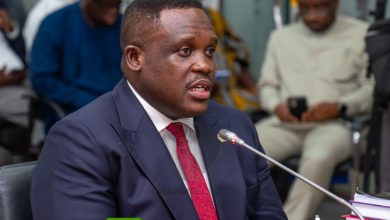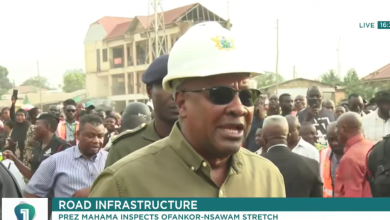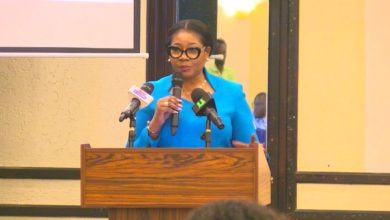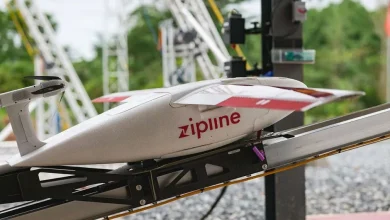Boosting Power Supply: Kumasi 1 Thermal Power Plant Set For Commissioning Wednesday
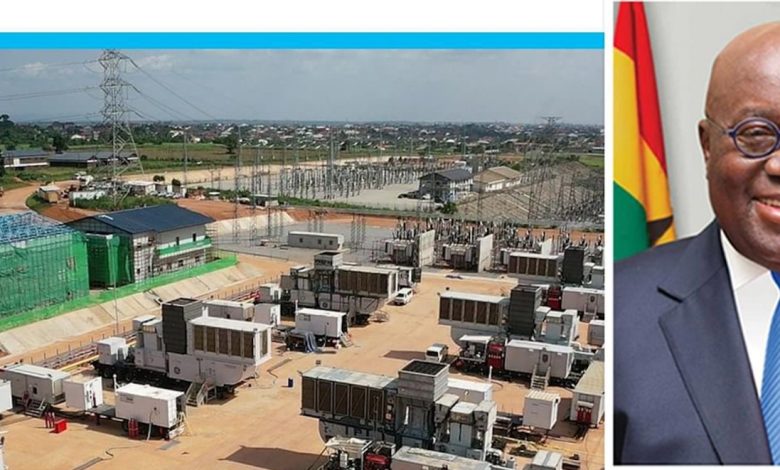
The first ever Thermal Power Plant in the middle belt of the country is set to be commissioned on Wednesday, April 17, 2024. Known as Kumasi 1 Thermal Power Plant (K1TPP), the 250 MW plant is located at Anwomaso, in the Oforikrom Municipality of the Ashanti Region.
The Volta River Authority ( VRA) operators of the plant, has been advertising the commissioning, to be done by President Nana Addo Dankwa Akufo-Addo, on its social media handles.
Relocation of AMERI plant
In 2022, the VRA announced its intension to relocate the AMERI Power Plant from its Aboadze base in the Western Region to a site adjacent to the GRIDCo K2 BSP 161kV/330kV substation at Anwomaso. The project is intended to optimize electricity generation and improve supply reliability to meet electricity demand growth in the middle belt of Ghana.
In line with the EPA Act 490, 1994 and the LI 1652, 1999, the VRA submitted a draft Environmental Impact Statement (EIS) of the proposed undertaking to the Environmental Protection Agency for review.
Nothing wrong with renaming
Some people within the opposition National Democratic Congress have spoken against the renaming of the AMERI Power Plant on the basis that it was originally commissioned by former President John Dramani Mahama.
However, an energy analyst, Nana Amoasi VII, has stated that there is nothing wrong with remaining the plant.
Nana Amoasi, who is the Executive Director, Institute for Energy Security (IES), said politics must not be introduced into the equation, emphasising that, the focus must be on the benefits to be derived from the facility.
He pointed out that, all the major thermal power plants in the country are in the southern part of the country.
Therefore, there is wisdom in siting the new plant in Kumasi to serve the middle belt and the north. “It makes economic sense siting the plant in Kumasi as it would boost power supply in the middle belt and even up to the north, “ he said.
Background
The Kumasi 1 Thermal Power Project came into being after the expiration of the BOOT agreement between AMERI Energy Limited and the Government of Ghana on the erstwhile Ameri power plant.
In 2022, the plant was handed over to the Government of Ghana and subsequently transferred to the VRA.
Consequently, the Ministry of Energy together with the VRA took a strategic decision to relocate the plant to Kumasi and since then, the project has been named the Kumasi 1 Thermal Power Project and funded entirely from the VRA’s internally generated funds.





